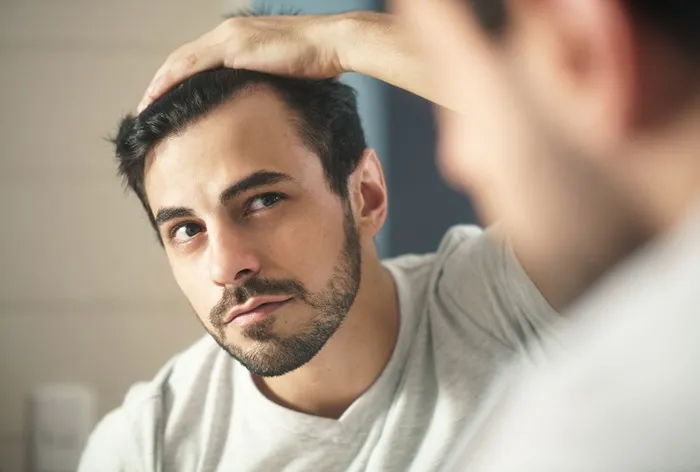The hairline is one of the most noticeable features of a person’s appearance. It frames the face and plays a significant role in how we perceive age and attractiveness. As we grow older, our hairline naturally changes,and understanding these changes can help us better care for our hair and address any concerns about hair loss.
In this article, we’ll explore when the hairline matures, what a mature hairline looks like, and how it differs from hair loss. We’ll use simple sentences and logical explanations to make this topic easy to understand.
What is a Hairline?
The hairline is the edge of the hair where it meets the forehead. It varies from person to person and can be straight, curved, or have a widow’s peak. Hairlines are influenced by genetics, age, and hormonal factors. Over time, the hairline naturally changes, and this process is known as hairline maturation.
What is a Mature Hairline?
A mature hairline is a natural shift in the position of the hairline that occurs as a person ages. It is not the same as hair loss or balding. Instead, it is a normal part of aging that happens to almost everyone, both men and women. A mature hairline typically develops in the late teens to early 30s and stabilizes by the mid-30s.
When Does the Hairline Mature?
The timing of hairline maturation varies from person to person, but it generally follows a predictable pattern:
Childhood and Early Teens
During childhood and early adolescence, the hairline is usually lower and more rounded. This is often referred to as a “juvenile hairline.”
Late Teens to Early 20s
As a person enters their late teens or early 20s, the hairline may begin to shift slightly. This is the start of hairline maturation. The hairline may move back about half an inch to an inch, creating a more defined forehead.
Mid-20s to Early 30s
By the mid-20s to early 30s, the hairline typically reaches its mature position. This is when the hairline stabilizes and stops changing significantly.
Mid-30s and Beyond
After the mid-30s, the hairline usually remains stable unless other factors, such as genetics or hormonal changes, cause further hair loss.
Factors That Influence Hairline Maturation
Several factors influence when and how the hairline matures:
Genetics
Your genes play a significant role in determining when your hairline will mature and what it will look like. If your parents or grandparents experienced early hairline maturation, you might too.
Hormones
Hormonal changes, especially during puberty, can trigger hairline maturation. In men, the hormone dihydrotestosterone (DHT) is particularly important in this process.
Age
Hairline maturation is a natural part of aging. It typically begins in the late teens and stabilizes by the mid-30s.
Gender
Both men and women experience hairline maturation, but it is often more noticeable in men due to differences in hairline shape and density.
Conclusion
A mature hairline is a natural and normal part of aging that occurs in both men and women. It typically develops in the late teens to early 30s and stabilizes by the mid-30s. Unlike a receding hairline caused by balding, a mature hairline does not involve significant hair loss or thinning. By understanding the difference between a mature hairline and hair loss, you can better care for your hair and address any concerns early. If you’re worried about changes in your hairline, consult a hair specialist for personalized advice and treatment options. Remember, a healthy hairline is within reach with the right care and attention.
Related topics:
How to Grow Back Your Hairline?
Can Artificial Hair Be Implanted?
Does DHI Damage Existing Hair?


